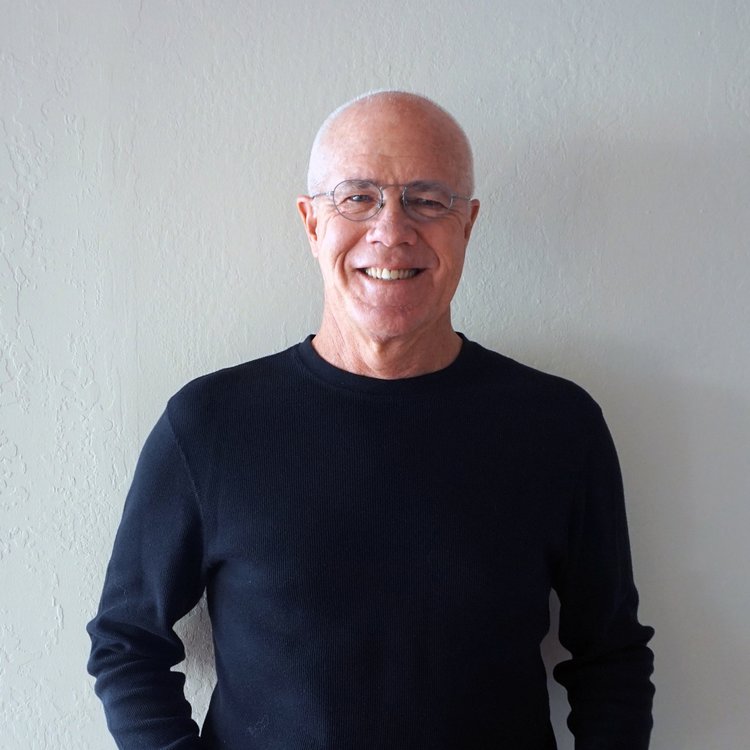First Hit: I thoroughly loved this film.
Having eaten in “Stars” restaurant at least 5 times during its heyday, I can attest to what the film expresses: Tower made eating a fully engaging, yummy, joyous, theater experience. It was the “it” and “in” place to eat in San Francisco as identified by the people who came there to eat. At one point James Beard indicated it was maybe the best restaurant in the United States and maybe the world.
I recall sitting there, having a late night dinner, after seeing the American Ballet Theater perform and in the room not even 30 feet away was Mikail Baryshnikov and Rudolf Nureyev eating with Jeremiah, champagne glass in hand, ensuring their food, everyone’s food, was perfect.
The film is how this amazing place came to be, what happened to it, and more importantly what happened to Jeremiah, who basically disappeared off the map. However, one of the very first lines in the film says it all: “I have to stay away from human beings because somehow I’m not one.”
Although Tower’s parents were extremely wealthy, Jeremiah’s upbringing was extremely difficult and filled with aloneness, sadness and pain. The opening scene has Rocston Issock playing a young 6-year-old Jeremiah wandering a beach, meeting a stranger who cooks them fish to eat, then takes him up the sand into the bushes and sexually abuses him. When the man takes Jeremiah back to the hotel, well after dark, his parents simply ask him where he’s been. They never worried or cared that he’d been out of their site, in a strange land, for more than 6 hours. Their approach was hands off.
Jeremiah lived in hotel rooms and boarding houses. As he said in the film, his domain was his hotel room, hotel hallways, and hotel dining rooms. His parents rarely, if ever, looked in on him to see how he was doing. He raised himself in luxury hotels and on large cruise ships like the Queen Mary.
He finally gets shipped off to school and ends up cooking things for his classmates. He even states at one point, “from early on, I think food was my best pal.” Finally, he gets to Harvard and is studying something useful, architecture, but at age thirty his parents tell him his allowance is over and he’s on his own.
Never getting his architectural degree, he heads to California broke and in 1973 while he’s looking for work and a friend hooks him up with Alice Waters of Chez Pannisse fame.
Drawing on what he’s learned and tasted through his whole life eating the best food in the world all by himself, he takes and makes over Chez Pannisse’s menu and kitchen. He grows in his skills exponentially and the people love his food.
Boldly one day he tells Alice, they are going to radically change the menu from French based to all California based food and we'll cook it a new way. Everything will come from California. When his friend James Beard comes to review the restaurant, the result is that it becomes world famous overnight. Tower is on the map as the best chef in the world and the person who puts food, presentation and flair together as one thing. He becomes the first celebrity chef.
Prior to this, chefs were behind the door cooking. He brought the kitchen into the dining room with flair. When he accidentally reads Alice’s draft for a new cookbook where she claims authorship for all the recipes, Tower goes ballistic and leaves.
With an investor, he opens “Stars” in a seedy section of San Francisco and it instantly becomes a success. And again, I will say I ate there and was as good as legend says it was.
But after a few years it closed. Why? There was a lawsuit, he opened too many other restaurants and was stretched thin, and the earthquake of 1989. Regardless, after “Stars” closed, he disappeared and was not heard from again until 2014 when he was hired as Executive Chef for "Tavern on the Green" in New York City, which had been failing at the hands of a “celebrity chef”. He begins to instill discipline and perfection into the restaurant's food and service. But we all know this is hard to do in a short time, and before he knows it he’s ousted in April of 2015.
This film is shot in Mexico and the USA although Jeremiah also spent time in Italy and Philippines during his hiatus between Stars and The Tavern. What was remarkable about the film is that despite scenes of him walking on ancient Mexican pyramids and through buildings, and how they might be boring, these scenes enhance his separateness from the world and everyone else.
Lydia Tenaglia did an outstanding job of creating scenes that captured Tower’s illusive nature and spirit. The pictures of Stars captured my heart. Seeing pictures of Willie Brown and Herb Caen along with other San Francisco socialites was joyful.
Overall: I wished Stars was back so I could relive the magnificence of eating beautiful food in a place where everyone was treated royally and like they belonged.
